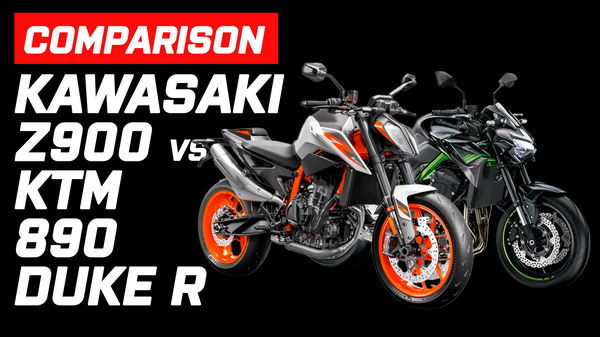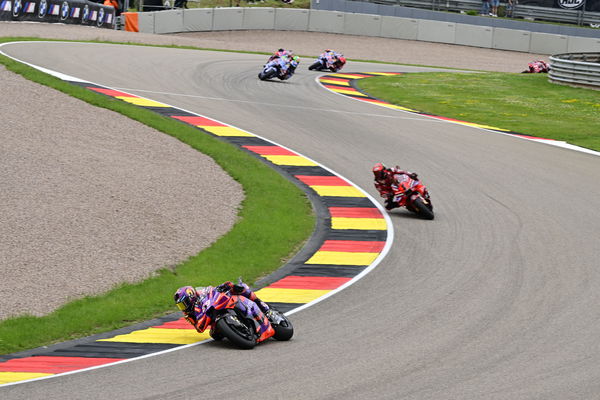Whatever happened to... The motorcycle brands we want to revive (Part 1)
If the dramatic rise and fall of revived Norton has proved one thing – it’s that revived historic motorcycle brands are big news.
After all, the furore and fanfare surrounding Stuart Garner’s controversial Donington Park concern always outweighed both the abilities of its bikes and the numbers they managed to produce.
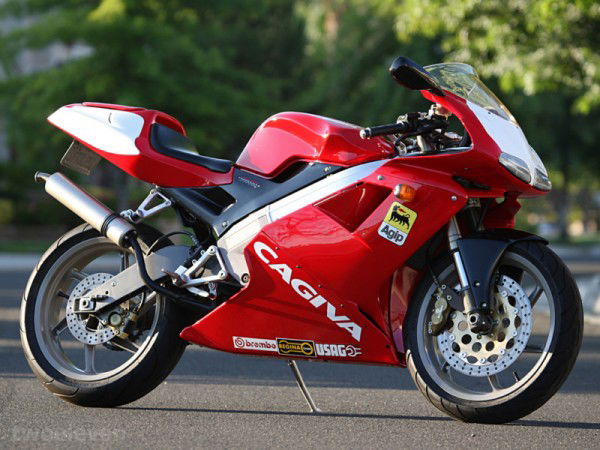
If the dramatic rise and fall of revived Norton has proved one thing – it’s that revived historic motorcycle brands are big news.
After all, the furore and fanfare surrounding Stuart Garner’s controversial Donington Park concern always outweighed both the abilities of its bikes and the numbers they managed to produce.
But Norton’s certainly not the only one. Historic brands are big business – just as Indian – which is why there have been so many attempts, not always successful, to revive them.
So, what’s the latest with some of the most famous of these? Are the likely to be building bikes any time soon? If so, what? And if not, what’s happening with them? Here’s our round up of 10 of the most-loved, missing motorcycle brands, in no particular order – and what’s going on with them now…
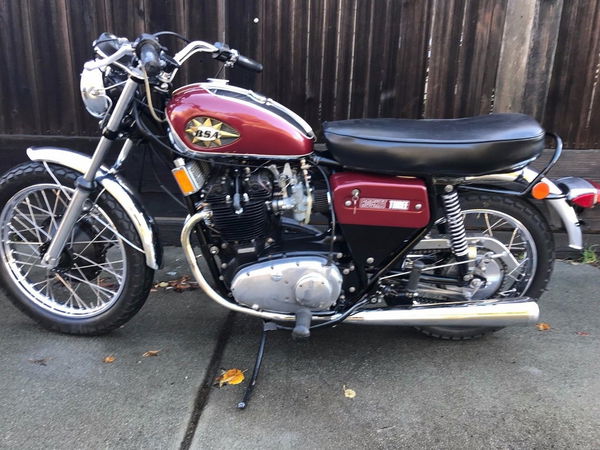
BSA
Let’s start with one of the biggest – and most exciting – of all. Britain’s historic Birmingham Small Arms company remains on of the biggest and best known motorcycling brands of all (remember George Michael’s biker jacket for Young Guns?) – even though it hasn’t produced a bike for 40 years.
A major industrial combine that started out in armaments in the 1860s (it later produced the machine guns for WW2’s Spitfire), it branched out into bicycles in 1880, motorcycles in 1910 and took over Triumph in 1951 to become the largest motorcycle manufacturer in the world.
Its collapse along with the rest of the British industry in the 1960s led to the creation of Norton-Villiers, later NVT, in 1973. BSA bikes stopped being built shortly after in favour of Nortons and Triumphs. When NVT was liquidated in 1978, its management formed a new company (BSA Company) and bought the rights to BSA motorcycles. The new company went on to produce some military machines (using Rotax engines) and trail bikes (using Yamaha engines). From 1986 a number of sales and mergers occurred. The 1994 MuZ Skorpion single was originally touted as a BSA, and from 1997 the Yamaha SR400 powered BSA Gold SR was sporadically produced in Southampton.
In October 2016 India’s Mahindra group bought the BSA motorcycle manufacturing rights for a reported £3.4million and at the time announced plans to relaunch the brand. Mahindra also owns Jawa, launching two new 300cc retro singles in India in 2018, and Peugeot motorcycles, recently unveiling designs for a new Peugeot roadster. #
UPDATE: And just like that, Mahindra has since confirmed BSA is not only coming back to as a brand but it is doing so with a range of new electric-based models that will be built in the UK, representing a big boost for British manufacturing at what has been a very difficult time.
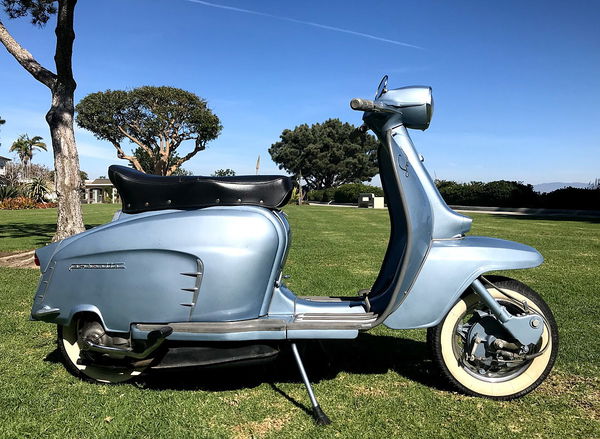
LAMBRETTA
Think ‘Lambretta’ and you surely think ‘scooter’ – or at least you would if you are of a certain age, rode bikes through the 1960s and ‘70s or have any appreciation of Mod culture. But not any more. One of the great, iconic Italian scooter brands (along with Vespa), the first Lambretta was designed by aeronautical engineer Corradino D’Ascanio in 1946 commissioned by Milanese industrial conglomerate Innocenti who, like many others in the immediate post-WW2 period, saw the need for cheap, utilitarian transport.
Although inspired by US military Cushman machines, D’Ascanio reputedly hated motorcycles so reputedly came up with the leg shields and engine enclosure. After D’Ascanio fell out with Innocenti, he took his design to Piaggio, resulting in the Vespa. The Lambretta name, meanwhile, was derived from the Lambrate district of Milan.
Both the Lambretta and Vespa proved a huge success in the 1940s, ‘50’s and ‘60s however Innocenti collapsed in 1972 with the Lambretta rights sold to the Indian government who manufactured machines up to the late 1990s. The Lambretta Clothing brand, inspired by the mod culture, was founded in 1997 and continues to this day.
The rights and use of the Lambretta scooters name, however, has been far murkier, with a series of dreadful badge-engineered and arguably pirated machines using Chinese and Taiwanese mules. In 2017, however, the Dutch-based Lambretta Consortium succeeded in legally claiming the name from the Indians in the High Court and has now launched a range of Sym-based but slickly restyled retro-inspired machines ranging from 50 to 200cc.
They may not yet be quite as good and established as Piaggio’s latest Vespa GTS, but they’re getting there…
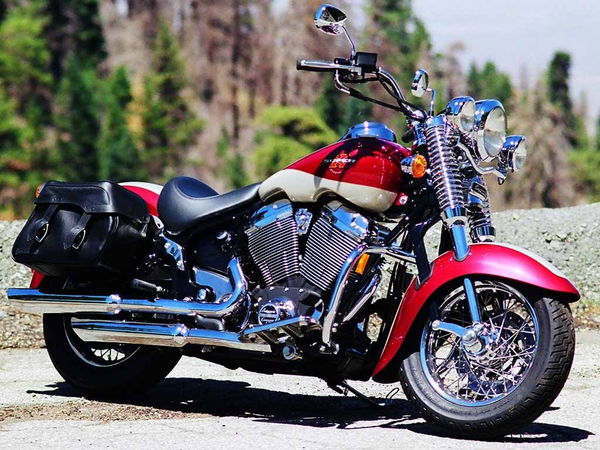
EXCELSIOR-HENDERSON
Here’s one you could actually buy – sort of. Although not as well known in the UK or Europe, largely because they were never exported in large numbers over ‘The Pond’, Excelsior-Henderson remains a massively significant motorcycle brand, and the third of the revered USA ‘Big 3’ along with Harley-Davidson and Indian – at least it was in the 1920s when models like the ‘Super X’ were particularly popular with the police for their superior performance.
Originally founded as Excelsior Motorcycles in 1907 before merging with Henderson and most famous for its powerful ‘Super X’ V-twins, the brand was first killed off was back in 1931 by owners Schwinn due to the effects of the American Great Depression.
In the early 1990s American Dan Hanlon secured the name and manufacturing rights and in 1998 it began production of a new Super X powered by a 1386cc British Weslake-designed V-twin. However, despite building around 2000 machines, funding dried up and production stopped in 2000.
The brand and all manufacturing rights were put up for auction in January 2018 at Mecum’s Annual Motorcycle auction in Las Vegas, Nevada, with bidding reaching a fairly impressive $1.9million but ultimately failed to sell. It’s currently not known if its owner is still interested in selling…
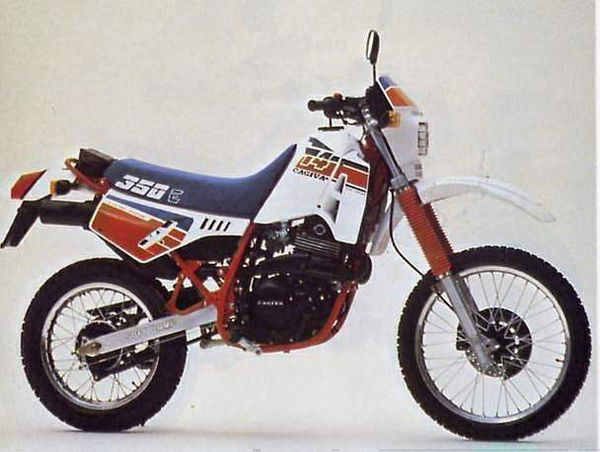
CAGIVA
Here’s a quirky one. Cagiva, the famous Italian brand was originally founded in 1950 in Varese by Giovanni Castiglioni (hence the name CAstiglioni GIovanni VArese), initially to manufacture metal components but then, in 1978 under sons Claudio and Gianfranco entered motorcycle manufacture to enormous success.
It took over Ducati in 1985 (followed by Morini the same year and Husqvarna in 1987), won the Paris-Dakar in 1990, the Hungarian 500cc GP in 1992 and was behind the creation of the Ducati 916 in 1994. However, after buying the MV Agusta brand in 1991, it sold Ducati in 1996 and has since rebranded itself as MV Agusta – which is a story in itself – largely confining the Cagiva brand to history with the last Cagiva rolling off the production line in 2012.
Except it’s now making a comeback. Still owned by MV Agusta, although now itself owned by Timur Sardarov’s Black Ocean Group, the company announced in 2018 it would relaunch Cagiva as an electric brand and has this year announced it’s first bikes will arrive as early as next year.
“Cagiva production will resume next year, at the latest in early 2021, and will be dedicated to electric urban mobility,” Sardarov told Motociclismo.
“But we will not make scooters, they will be motorcycles. Easy to drive and below 4kW, because at the moment no-one who produces beyond this threshold can generate profits. In 6 or 7 years, it will probably be possible to reach the profit with vehicles equivalent to 350cc.”
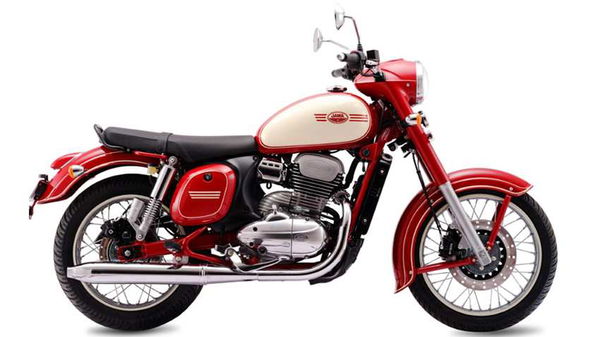
JAWA
Remember Jawa? The Czech motorcycle brand founded in Prague in 1929 and famous mostly for its speedway bikes yet also for its series of typically Eastern European two-stroke commuters through the 1970s and beyond? Well, now it’s Indian, too – well, again, sort of.
Originally created by Frantisek Janecek who bought the motorcycle division from the Wanderer concern, the name comes from the combination of JAnecek and WAderer. In the 1970s its most successful model became a two-stroke 350 twin while in the 1990s after the fall of communism, its racing arm, which produces successful single cylinder four-strokes for speedway, grass track and ice racing, became a separate entity.
In October 2016 Indian giant Mahindra signed a licensing agreement to launch motorcycles under the Jawa name in India and selection of other east Asian countries. The all-new, retro-styled, Royal Enfield-rivalling 293cc Jawa 300 and Jawa 42 models are the result and have proved a huge success, although as yet they are not available outside of those markets.
It has also been reported that the 300 will be sold in the Czech Republic as from this autumn. There is no news – yet – of when it will be available, if ever, in the UK.
